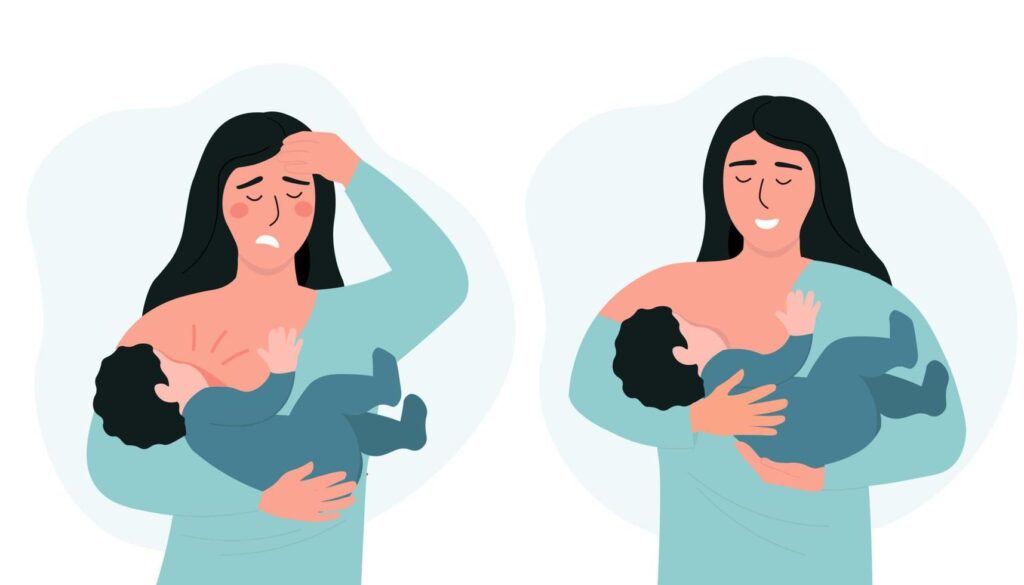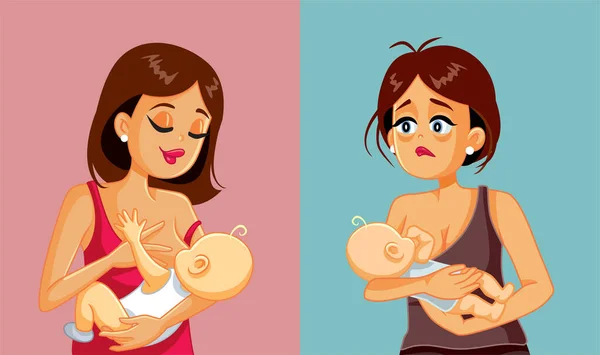Breastfeeding is a beautiful journey that fosters a deep connection between mother and child. However, many mothers experience discomfort, pain, and even serious conditions like mastitis, which can make this journey challenging. Understanding mastitis, recognizing its symptoms, and seeking timely treatment are crucial for ensuring both maternal and infant well-being.
What is Mastitis?
Mastitis is an inflammation of the breast tissue that can sometimes involve infection. It often occurs during breastfeeding due to clogged milk ducts or bacterial infections. Mastitis can lead to intense pain, swelling, and even fever, making breastfeeding a distressing experience for mothers. If left untreated, it can escalate into severe infections, leading to complications that may require medical intervention.

Identifying Mastitis: Signs and Symptoms
Timely recognition of mastitis is essential for effective treatment. Some of the most common symptoms include:
1. Severe Breast Pain: Many women experience sharp or throbbing pain in one or both breasts during breastfeeding. This pain can persist even between feedings.
2. Breast Swelling and Redness: The affected breast may appear swollen, red, and feel warm to the touch. This is a sign of inflammation and possible infection.
3. Flu-Like Symptoms: Mastitis can cause fever, chills, and body aches, similar to flu symptoms. These indicate the presence of an infection that requires immediate attention.
4. Tender Lumps in the Breast: A clogged milk duct may result in a hard, painful lump. If not relieved, it can lead to an infection.

5. Pus or Blood in Breast Milk: Some mothers notice traces of pus or blood in their milk, indicating an infection that needs medical treatment.
Causes of Mastitis
Several factors contribute to the development of mastitis, including:
1. Clogged Milk Ducts: When milk is not fully drained from the breast, it can cause blockages, leading to inflammation and infection.
2. Bacterial Infection: Bacteria from the baby’s mouth or the mother’s skin can enter the milk ducts through cracked nipples, resulting in an infection.

3. Infrequent Nursing: Skipping feedings or prolonged gaps between breastfeeding sessions can cause milk accumulation, leading to engorgement and infection.
4. Improper Latching: Poor latching techniques can prevent effective milk drainage, contributing to blockages and mastitis.
Swift Intervention: Treatment Options
Managing mastitis effectively requires timely intervention. Here are some key treatment methods:
1. Medical Assistance
Seeking prompt medical help is crucial if symptoms persist or worsen. Doctors may prescribe antibiotics to treat infections and pain relievers to manage discomfort. In some cases, injections are used for milk extraction to clear blockages.

2. Home Remedies and Self-Care
1 Frequent Breastfeeding: Continue nursing or pumping to prevent milk buildup and promote proper drainage.
2 Warm Compress: Applying a warm compress before breastfeeding can help unclog milk ducts and reduce pain.
3 Massage: Gently massaging the affected breast in circular motions can help relieve blockages.
4 Hydration and Rest: Drinking plenty of fluids and getting adequate rest support the body’s natural healing process.

Preventing Mastitis
Prevention is always better than cure. Here are some steps to reduce the risk of mastitis:
1 Ensure Proper Latching: A correct latch prevents nipple cracks and allows effective milk drainage.
2 Feed on Demand: Avoid long gaps between feedings to prevent milk accumulation.
3 Wear Comfortable Clothing: Tight bras can restrict milk flow and contribute to clogged ducts.
4 Practice Good Hygiene: Keeping the nipples clean minimizes bacterial infections.

When to Consult a Doctor?
While mild mastitis can be managed at home, medical attention is necessary if:
1. Symptoms do not improve within 24-48 hours.
2. There is persistent fever and body pain.
3. Pus or blood is present in breast milk.
4. The affected area becomes excessively red and swollen.

Conclusion
Mastitis can make breastfeeding painful and challenging, but early detection and proper treatment can help mothers continue their breastfeeding journey with ease. At Unique IVF Centre, we understand the importance of maternal health and offer expert guidance and medical assistance for breastfeeding concerns.
For expert care, visit Unique IVF Centre—your trusted destination for ICSI treatment in Junagadh, Fertility center in Junagadh, and the Best IVF center in Junagadh. Prioritize your health and seek professional help to overcome breastfeeding challenges today!

